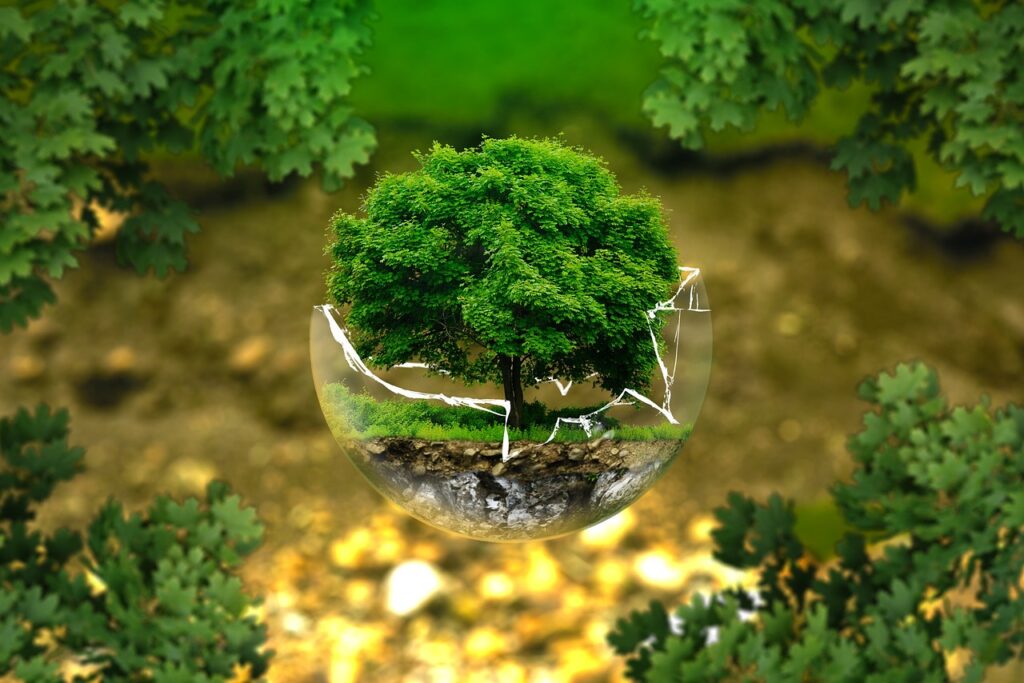FUNCTIONS OF GREEN ROOFS
Dr. Katarzyna Szyszko, Higher School of Social and Media Culture in Toruń (Poland)
Expert’s View
Green roofs in cities play an important role, bringing a number of benefits to the urban environment, the community and the buildings themselves. First and foremost, they improve air quality. Plants on green roofs absorb carbon dioxide (CO2) and other air pollutants, helping to improve the city’s air quality. In addition, green roofs help mitigate the urban heat island effect by absorbing and reflecting solar radiation, which in turn contributes to lower temperatures within urban areas.
Green roofs increase water retention. The substrate on green roofs absorbs rainwater, reducing the amount of precipitation that goes into urban drains. This also helps reduce the risk of urban flooding.
Another function is natural thermal insulation, which reduces the loss of heat from buildings in winter and the heating of buildings in summer. In addition, the thermal insulation offered by green roofs can help reduce energy consumption for heating and cooling buildings, which in turn reduces greenhouse gas emissions.

Undoubtedly, an additional advantage of green roofs is the aesthetics and general improvement of public spaces. They contribute to improving the aesthetics of urban landscapes. They can also be used as recreational spaces, rooftop gardens or meeting places for residents. In addition, plants on green roofs provide habitat for biodiversity, including insects, birds and other small organisms, supporting local biodiversity in the urban environment.
The introduction of green roofs is part of sustainable urban development, promoting harmonious cooperation with the surrounding environment. Green roofs are therefore an important part of urban planning, contributing to the creation of more sustainable and environmentally friendly urban areas. Their various benefits are making them increasingly popular for construction projects around the world.